- Sail Loot Podcast 063: Sailing With FIRE on Luna Sea with Mark and Jennifer
- Sail Loot Podcast 062: Andersons Abroad own Sea-Tech Systems to make Sailing Money
- Sail Loot Podcast 048: Neil Davies Sails to Cuba and Works Remotely for Sailing Money
- Sail Loot Podcast 042: Wiley Sharp, Part 2 – Owning and Operating a Virgin Islands Sailing Charter
- Sail Loot Podcast 037: Salty Times Sailing to find the Surf with Base and Jamie
- Sail Loot Podcast 027: Couchsailors Jose and Gina Rent All of their Rooms for Sailing Money
- Sail Loot Podcast 020: Leah Kruger Makes Her Sailing Money With Brio
- Sail Loot Podcast 019: Good Anchorage, Get Paid To Cruise
- Sail Loot Podcast 013: Investing Money to Make Money While Sailing the Mediterranean with Franz Amussen
- Sail Loot Podcast 012: From Corporate America to Ottsworld with Sherry Ott
Our Basic Keelboat Class: The First Step To Our Cruising Lifestyle
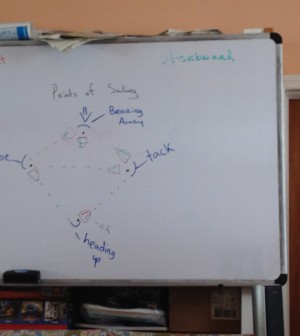
Sure, we had been on boats before. We had been sailing on Kalalau, our friend’s Leopard 40 catamaran, for a couple of ten day adventures, and we even crossed the Gulf Stream during one of them.
My wife, Megan, and I were just up at the lake on my parents’ boat. We had been discussing what our plans for summer vacation were going to be for a few weeks. When we were on our way home from the lake, I looked at Megan and asked, “Do you want to learn how to sail?”
I am so very glad that she immediately and enthusiastically said, “Yeah!”
That is what got us to Nanny Cay on Tortola. We had a great time sailing on Kalalau. I had grown up on boats. We are both SCUBA divers, and who doesn’t love visiting tropical islands where the rum is cheap?
What we really wanted to do is charter our own sailboat. We figured that if we wanted to charter our own sailboat, that we should probably learn how to sail it first!
We did some research, we found some American Sailing Association (ASA) and US Sailing certified schools, and we booked our Fast Track to Catamaran Cruising Course with Rob Swain Sailing School!
It was Saturday morning July 12, 2014, and aside from dealing with some mixed up luggage, everything was perfect for our first sailing class!

Morning Marina View before Basic Keelboat Sailing Class
After taking care of our luggage situation, we meandered down the marina dock and found the Rob Swain Sailing School. There, we met some great people that we were going to share the next 8 days of our adventure with. Rory was our instructor from Ireland. Fred and Cindy were the other students learning to sail!
First things first…we had to have some class time before we went sailing. Rory sat us down and had us sign all of the necessary paperwork. You know, we had to sign our life away on the disclaimer forms. Then, he taught us some of the sailing basics. We went over things like wind direction relative to the sailboat, points of sail, sailboat terminology, how to tell what tack we were on, tacking, jibing, heading up, bearing away, etc.
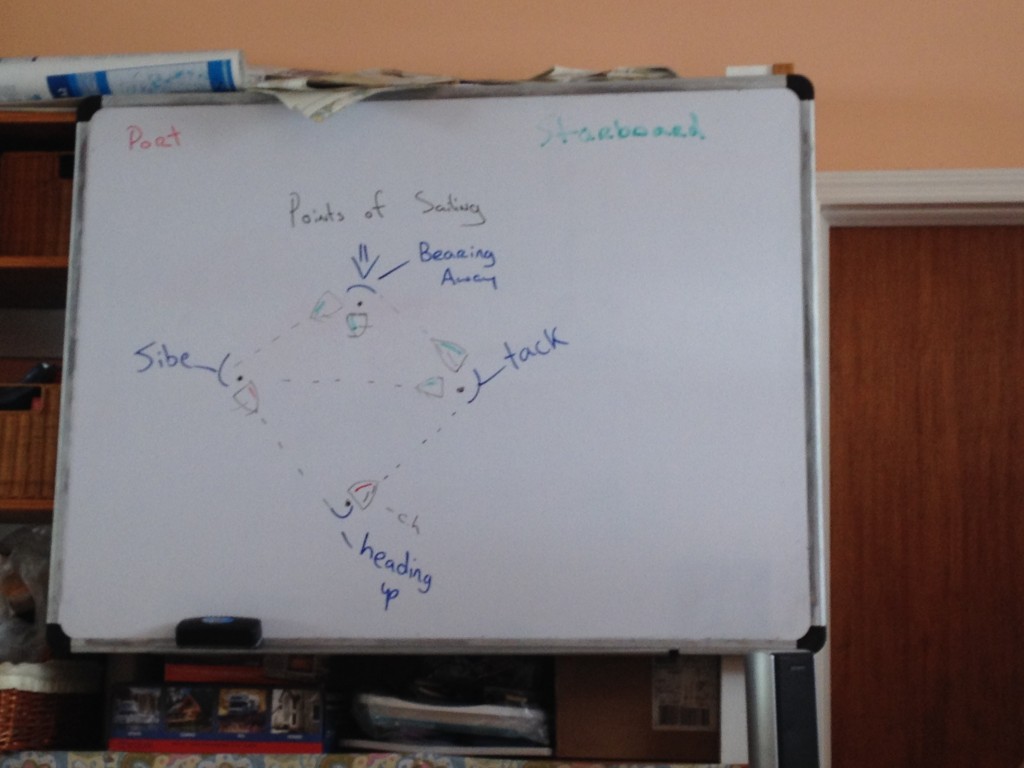
Oral Quiz about Points of Sail, Sailing Maneuvers, and Tack
Class time only lasted about 1.5 hours. After class, we had a short discussion about what we would need out on on the IC24 for the next few hours, and finally Rory stated, “Let’s go sailing!”
We all took 15 minutes to make sure we had water, sunscreen, sunglasses, and hats. We met back at the front of the school office and it was time to get on the water. None of us could hide our excitement. The grins plastered on our faces wouldn’t allow it.
Everything from this point on was a sailing lesson. They were fun lessons, but crucial for our safety and success on the sailing course exams.
The lessons started with methods of boarding the dinghy, balancing the dinghy, maneuvering the dinghy through the marina and boarding the IC24 at the shrouds. Following, were lessons on sailing footwear, helping people on board, parts of a sailboat, rigging and sail terminology, and knots.
We went through rigging the sailboat, attaching the jib to the forestay, attaching the main to the mast and the boom, and attaching and running all of the halyards, sheets, and lines. Most importantly, we covered proper winch technique. Proper winch technique will keep everyone from getting their fingers pinched in the winch.
It was time to weigh anchor and set sail. We raised the sails and released the anchor line with Rory at the helm. Rory wasn’t only our helmsman to guide us out of the marina without incident, but also our tactician during this time. He was telling us which lines to trim and which ones to ease, explaining how to read the water and wind all the while.
We headed out of the marina and into the open waters of Sir Francis Drake Channel. I’ll never forget the look on Fred’s face as we passed that last Red Nun on our port side and he stated, “This is the exact moment that I’ve been waiting for.”
That freedom that you feel when you set sail on the open waters is just amazing!
The four sailing students took spots at the two jib sheets, the main sheet, and the tiller while Rory was our tactician telling us what to do and why we were doing it. Before he had us start any maneuver, Rory would explain the steps that had to be taken to complete the maneuver, the technique for each step, the reasoning for each step, and what each of us needed to do.
The first thing we learned was how to get “in the groove”. Sailing in the groove is basically sailing on a close hauled point of sail and just on the edge of the no go zone. If the boat heads up just a slight bit, then you are in the no go zone. If it bears away just a slight bit, the boat will bear away and heel excessively. Right in between those two positions, “in the groove”, is the fastest and most efficient way to sail close hauled.
Fred and I were on the jib sheets, Megan was on the main sheet, and Cindy was at the helm controlling the tiller. We were on a port tack. Megan, Fred, and I had the jib and the main trimmed in as much as possible. It was then Cindy’s job to use the tiller and steer the boat so that both telltales were flying straight back. When the telltales fly straight back on a close hauled point of sail with the jib and main sails trimmed in as close to centerline as possible…that is when you are in the groove.
We sailed in the groove for a little while so that Cindy could get used to the feel of the tiller and steering the IC24. Then, it was time to tack.
A tack starts with the helmsman preparing the crew to tack. When all are “READY!” the helmsman turns the bow of the boat through the wind. As the bow of the sailboat goes through the wind, one jib sheet must be released as soon as the jib starts to luff, and the other jib sheet needs to be pulled or trimmed as far in as possible.
The main sheet doesn’t move too much in a tack. The crew member on the main sheet needs to make sure that they cross over the sailboat to the other side. The boom will swing to the other side of the boat, and the crew on the main sheet may make sure that this gets completed in a non-violent manner, but at the end of the tack the sailboat will end up on a close hauled point of sail and the main will need to be trimmed in as much as possible. Therefore, the main sheet doesn’t have to be adjusted too much.
Okay, back to our first tack. Cindy called, “Preparing to tack!”. Fred made sure that he had his jib sheet ready to release, but still securely around the winch and called, “Ready!” I made sure that I had 2 wraps around the winch with my port jib sheet, was ready to pull and called, “Ready!” Megan made sure that she had the main sheet trimmed, was ready to move under the boom to the other side of the sailboat and called, “Ready!”
At that point Cindy called out “Tacking!” and started to steer the bow of the boat through the wind. As soon as the main started to luff Megan moved to the other side of the boat as the boom crossed over and made sure the main stayed trimmed. Fred released the starboard jib sheet as soon as the jib started to luff and I started pulling on the port jib sheet. As soon as the port jib sheet got too tough to trim by hand I got the winch handle out and started winching and tailing to sheet the jib and make sure that it was trimmed in as much as possible.
Cindy had moved to the other side of the sailboat, we made sure all of the sails were trimmed, and Cindy steered the boat to find the groove and picked a point of reference to keep the boat on course. We had completed our first tack!
We went on to complete three more tacks with all students in the same positions, and then headed up to a stop. The students rotated around the boat swapping roles for the remainder of our sailing lesson that day. Everybody got a turn at the helm getting a feel for how to steer the boat and the feel of getting into the groove. Everybody also completed 3 tacks at the helm. We kept rotating throughout so that all students got a chance to be on the main sheet, the jib sheets, and the helm for several maneuvers.
It was an awesome sailing day, and so much fun!
I was at the helm to sail us back to Nanny Cay. Megan was on the GoPro.
The second day of Basic Keelboat class was Man Overboard (MOB) day.
We started the second day in the classroom going over all of the maneuvers for a Man Overboard:
- Yell as loud as possible, “Man overboard!” – or “Crew overboard!” (might not be a man)
- Throw things that float to the person in water (PIW). Here you’re getting buoyancy to the person in the water, and littering the area with visible objects.
- Assign a spotter. This person watches the PIW and points at the PIW. The spotter never, EVER takes their eyes off the PIW NO MATTER WHAT.
- After step 1, and during steps 2 & 3, the person at the helm is getting the sailboat on a beam reach.
- When the sailboat is 4 to 5 boat lengths away from PIW, tack the sailboat and get onto a broad reach.
- When the PIW is abeam, head up to a close reach and steer the sailboat so that it is pointed almost directly at the PIW, but maybe slightly leeward. The PIW will probably be visible to the person at the helm just off the windward edge of the bow.
- When you are a boat length or two away from the PIW (this depends on how fast the sailboat will stop – windage, speed, etc.), head up to a stop right along side of the PIW.
- Attach the PIW to the boat, and bring them back on board!
We went over a few more things, but after a little while of class it was time to go sailing!
Rory took the helm first. The next thing we know he dropped the Type IV floatation device, the floating ring, into the Sir Francis Drake Channel! He yelled “Man Overboard” and showed us how it’s done. We helped. We trimmed the sheets and did what we were told, but he performed the MOB drill and explained every step along the way. The Type IV floatation device (let’s call him Joe!) was rescued!
Our sailing for the day was spent rotating positions just like the first day. All students got to command the sailboat from the helm for at least 3 MOB drills each while the other students were on the jib sheets and main sheet.
Rory helped and gave pointers when they were needed, but by the last MOB drill we were doing it all on our own! Joe was rescued every single time, and made it back with us to Nanny Cay.
When we got back to the mooring in Nanny Cay, we were taught how to de-rig the sailboat and put things away nicely and neatly. We said goodbye to the IC24 that served us so well for the sailing portion of our Basic Keelboat Class and took the dinghy back to the Rob Swain Sailing School.
We went into the classroom and went over a few last minute things (or “tings” as Rory called them). We went over some buoys, and a few last minute items about right of way. We had been learning S.L.O.W all weekend, but there were just a couple of things that Rory wanted to make sure we knew for the test. Then, it was test time.
Everybody hates tests, but they are necessary to make sure that you are grasping the sailing concepts. I wasn’t too worried. After all, this wasn’t a Thermodynamics Final at Georgia Tech. However, no test is fun.
When it was all said and done…we all passed!
We are now all certified Basic Keelboat sailors, and it was time to celebrate! Of course, we finished just in time to get over to the open air sports bar for the World Cup Final. Several rum drinks were consumed!
The next morning, we were checking out of our hotel room and getting on our Lagoon 440 for our Basic Cruising, and Bareboat Cruising courses!
If you like our stories, check out our posts about the next 2 courses. We will always write about our sailing adventures and we’d love to hear about yours too! Feel free to leave some comments below!
TeddyJ


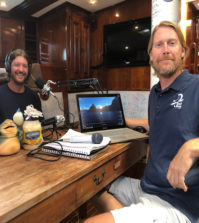
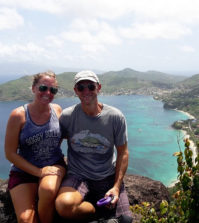
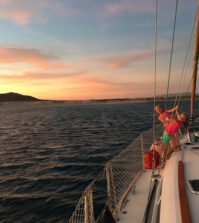
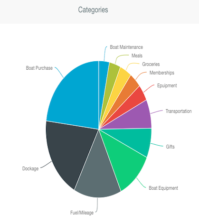
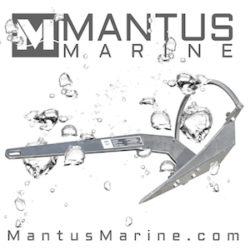

Pingback: Sail Loot Basic Cruising Course: The 2nd Step to Improving Sailing Skills – Day 1 | Sail Loot